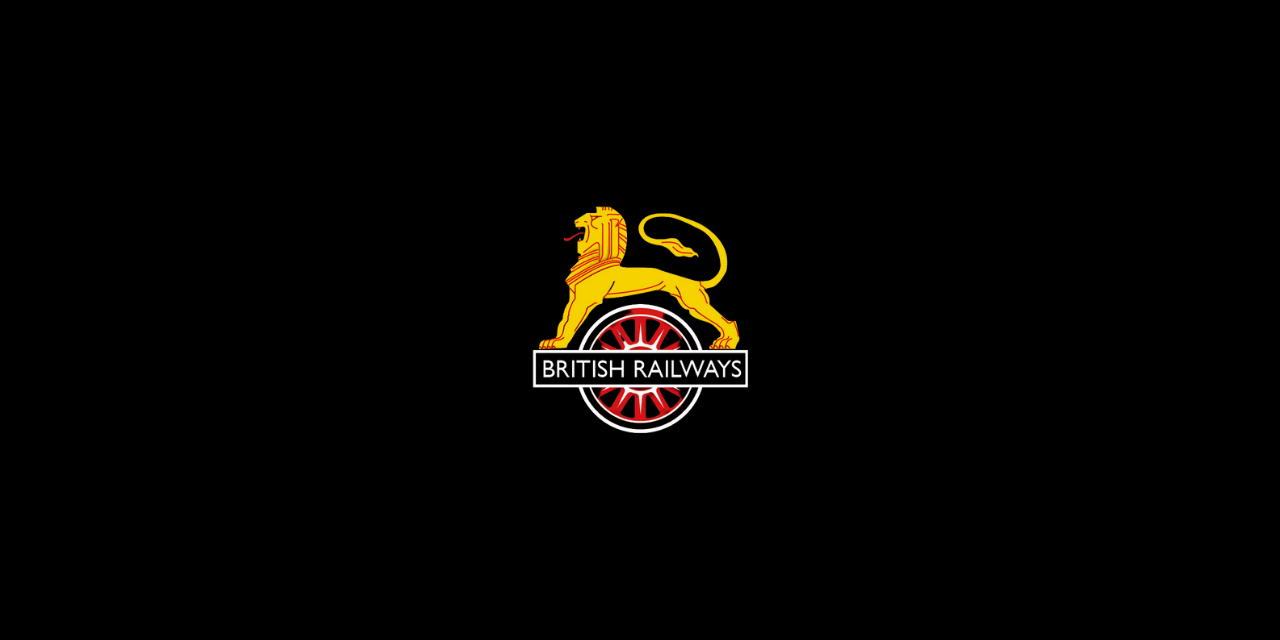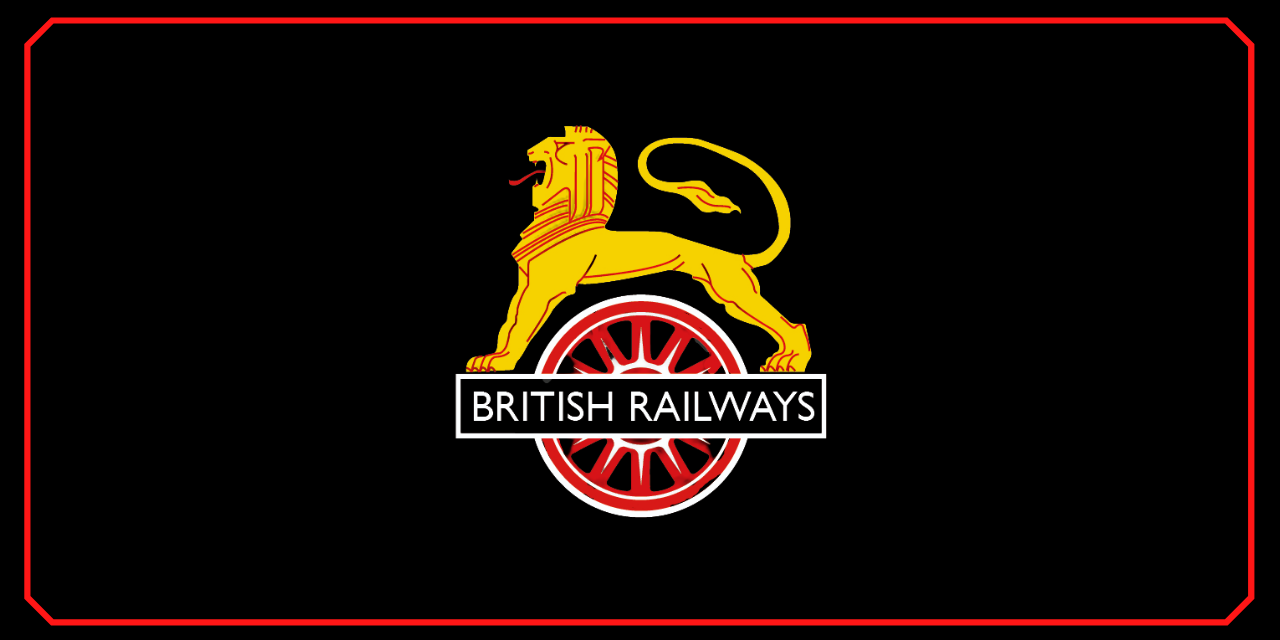2-10-0 Class 9F BR crosti boiler Profile and Models

92024 at Chesterfield in March 1959. ©Ben Brooksbank
|
British Railways Standard Class 9F steam locomotives Nos 92020-9 were experimentally built with Franco-Crosti boilers, thus forming a subclass. All ten were built in 1955 at Crewe Works. The Franco-Crosti boiler took the form of a single cylindrical water drum running along the underside of the main boiler barrel; the standard chimney at the front was only used during lighting-up, in normal working the gases went through firetubes inside the preheater drum that led to a second smokebox situated beneath the boiler from which there emerged a chimney on the right-hand side (fireman's), just forward of the firebox. In the event, the experiment did not deliver the hoped-for benefits, and efficiency was not increased sufficiently to justify the cost and complexity. Moreover, conditions were unpleasant on the footplate in a cross-wind, this in spite the later provision of a small deflector plate forward of the chimney. These problems led to the subsequent sealing off of the preheater drum, over the period 1959–1961, and the locomotives were then worked conventionally. As a result of this, there was a reduced ability to generate steam, and so their power classification was reduced from 9F to 8F. All were scrapped, with none surviving into preservation. |
|
|
Type of Locomotive |
Steam |
|
Builder |
Crewe Works |
|
Build Date |
1955 |
|
Total Built |
10 |
|
Tractive Effort |
39,667 lbf |
|
Wheel Configuration |
2-10-0 |
|
Operated By |
British Railways |
|
Main Duties |
Freight |
|
In Service Until |
1967 |
|
Surviving Examples |
0 |



 BR plain black
BR plain black
 BR green with early emblem
BR green with early emblem
 BR black with early emblem
BR black with early emblem